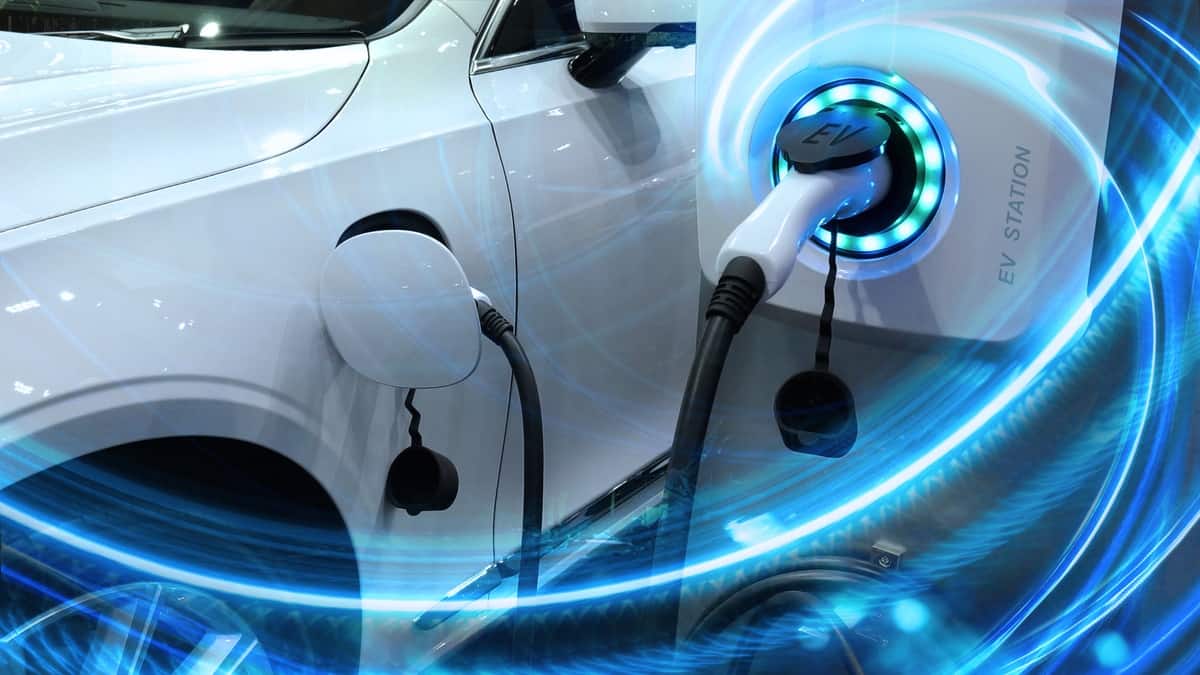Queenslanders continue to benefit from their electric vehicles’ bidirectional charging technology, especially during emergencies. For instance, Southeast Queensland suffered from extended blackouts after the “Christmas Day tornado.” Fortunately, some EV owners managed to overcome the blackouts by tapping into their batteries‘ energy.
EVs as a power source during emergency
Brisbane-based bus driver Andrew Panshin and his family with 17 members are among the affected households in Southeast Queensland from the unexpected blackout. ABC News reported that the blackout lasted for approximately 2 days from 9 pm on Christmas night, making the festive season celebration disappointing.
Fortunately, Mr. Panshin owns an electric vehicle with bidirectional charging capability, enabling him to simply plug in his refrigerators to the car to keep the leftover food from spoiling.
Mr. Panshin further stated that his BYD Atto 3’s vehicle-to-load (V2L) feature also enabled them to use a pedestal fan, internet, TV, and charge their mobile phones.
For context, the BYD Atto 3 costs approximately $50,000 with a 50-kilowatt-hour battery pack.
“We had the kettle going to make our morning cup of tea, and the air fryer to heat up some really unhealthy food. It got us through. We never bought it for that reason, but it does the job. We were off power for two days and we could have got another three days out of it quite easily.”
Andrew Panshin, Brisbane-based bus driver and BYD Atto 3 owner
Interestingly, Mr. Panshin shared some talks about other owners using their EVs to power washing machines during blackouts, demonstrating the technology’s strong potential as a generator.
In addition, The Guardian reported an EV owner’s brilliant move to use the V2L technology of her BYD Atto 3 to power the dialysis machine for her 11-year-old son after the same devastating storms in Southeast Queensland.
What is V2L?
Vehicle-to-load (V2L) is one of the many bidirectional charging capabilities that enable electric vehicle owners to use their battery packs to power or charge other electrical devices.
It basically allows an electric vehicle to serve as a mobile power source for various settings, including households, businesses, or public areas, as outlined by Top Charger. It is especially useful during emergencies such as extended power disruptions or camping activities.
It links the EV to an external device via a charging connector, enabling the electricity to flow from the battery to other appliances.
Other bidirectional charging capabilities include Vehicle to Home (V2H), and Vehicle to Grid (V2G), among others. Refer to the table below:
| Vehicle to Load, VtoL or V2L | V2L is the most basic application of bidirectional charging. It does not require a bidirectional charger. Instead, a V2L adapter is plugged into your type 2 charging port which allows the car to operate as a portable battery pack with a standard 120/240V power supply. |
| Vehicle to Home, VtoH or V2H | V2H involves using energy from your EV to power your home or business. This works in the same way a stationary home storage battery (like the Tesla Powerwall 2) does in reducing grid consumption, except your car needs to be plugged into a bidirectional charge point. |
| Vehicle to Grid, VtoG or V2G | V2G involves using energy from your EV to stabilise the grid. This is done through a ‘smart’ bidirectional charger, which is typically part of a VPP (Virtual Power Plant). Subject to defined parameters, your energy retailer will control when your battery is charged or discharged. |
Safety considerations
Mr. Panshin stated that his BYD Atto 3 electric car features a power board with an overload safety switch. Nonetheless, he remains cautious to avoid overloading the power board with multiple external devices simultaneously.
That said, they did not use hot water and AC units during the 2-day power disruption. Defence Department-backed research firm EV FireSafe assured the industry by stating that “EV battery fires are rare.” They only tend to ensue after a major car crash or due to a battery production fault, making EVs less prone to fire risks than petrol/diesel vehicles. Its records corroborated only 434 cases of passenger electric car battery fires globally from 2010 to December 2023 out of the existing estimated 26 million EVs.
However, EV fires are usually more challenging for emergency responders as they require more water, time, and manpower. In addition, extracting and storing the torched EVs requires extra caution to avoid further accidents and damage.
Nonetheless, electric vehicles tend to be better alternatives than petrol or diesel-based generators as they do not emit noise and fumes. As proven by Mr. Panshin and his family, EVs with V2L features can sufficiently support average household energy consumption for at least 2 days without complications.

